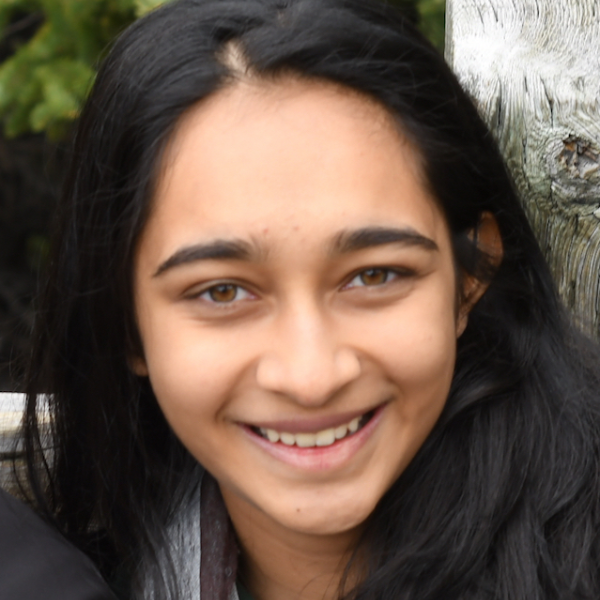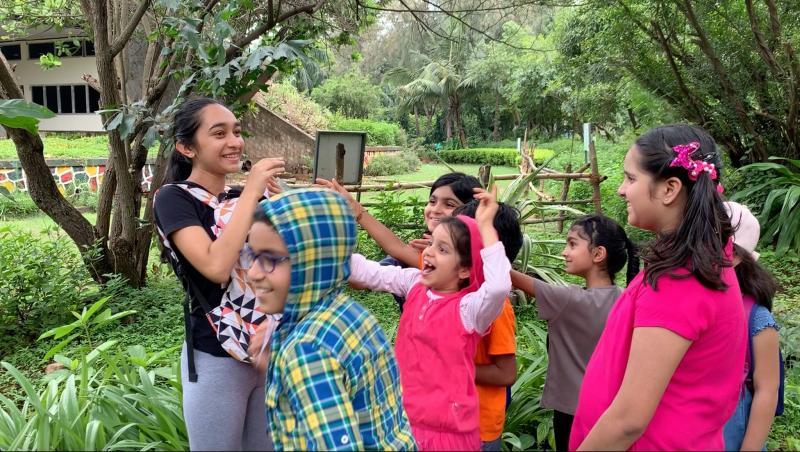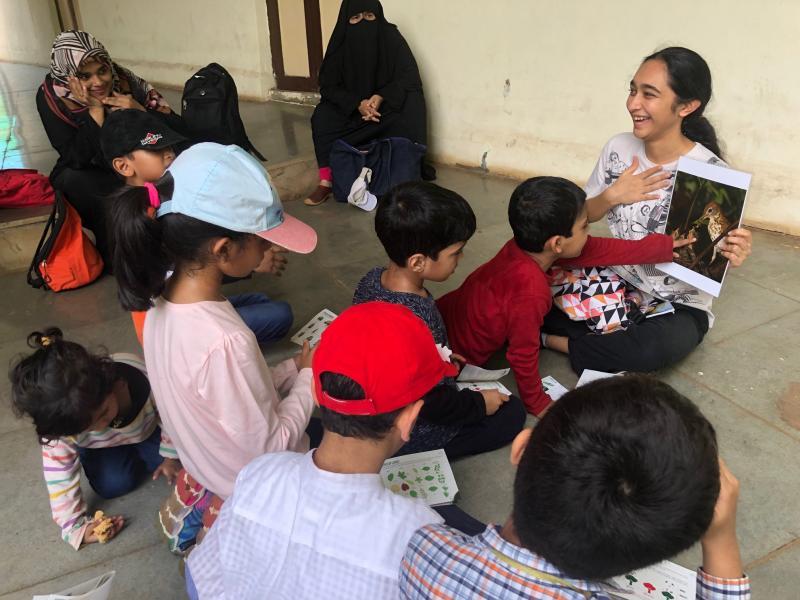Image

Mumbai, India
Age: 17
Aadya spreads awareness about using native plants to create biodiversity-rich ecosystems in our cities.
How are you using education to build more sustainable and equitable communities?
Today there is a pressing need to educate people on ways to restore our rapidly declining biodiversity. Every new house, factory, road, and building takes up land, and hence urbanization inherently diminishes habitats for biodiversity. The Right Green is an initiative that addresses this critical problem by educating students and municipal authorities on ways to restore biodiversity by planting the right native trees. By studying thousands of plant-insect feeding relationships for each eco-region, we identify the right biodiversity-supporting native plants for a city. We then present information about which native trees to plant and which exotic or invasive plants to avoid through interactive educational tree identification workshops that combine fun, games, multimedia content, and learning. This learning brings into focus the ecological impact of our planting decisions. Together with our native plant database, these educational activities spread awareness and mobilize community efforts to create healthy ecosystems that are rich with biodiversity through informed planting decisions.

The summer after 9th grade, I led a “clean and green” project where we converted a long-neglected junkyard into a garden. I then enrolled in courses on urban forestry and soil restoration, and through my reading encountered the work of Dr. Douglas Tallamy, who identified an important ecological link between native plants, insects, and birds, and had found a way to restore insect and bird biodiversity by planting native plants. I decided to do the same for Mumbai. The prospect of bringing back my favorite birds was a huge motivation. The task before me was twofold: first to create a database of plant-insect feeding relationships for the Indian subcontinent with a list of native plants that support rich biodiversity; and second to develop educational workshops to share this information in interesting and engaging ways that lead to changes in planting choices.
What advice would you give to the next generation of leaders?
Some of the environmental problems we face today can certainly be addressed and rectified with focus and commitment. However, species once extinct cannot be restored. Hence, we must pay special attention to ways to stem species extinction and give more importance to environmental education in biodiversity restoration. I was surprised at how a simple change of what we plant can have huge impact on biodiversity for decades to come. My advice for future leaders is that they must play a greater role in understanding environmental problems because these problems cannot be left for the government to solve alone. We must educate our citizens on solutions and enable our communities to become change agents for a better tomorrow.

My grandfather would always tell me of his time growing up in a green Mumbai, where birds and butterflies were abundant. Mumbai used to have over 250 bird species. Now, all one sees are crows, pigeons, and kites. Somehow, we have lost large parts of our biodiversity. I was so thrilled when I discovered that simple changes in what we plant could bring them back. Since then, I have made it my mission to spread awareness about the benefits of planting native.
The thought that our actions could one day bring back our biodiversity is a huge motivation for me. In my journey so far, I have received help from so many wonderful people, through funds, guidance on research and developing educational materials, and support from the students and municipal authorities who attend my workshops. It is their support that keeps the light of hope alive for me.
If you could be any animal or plant, what would you be and why?
I would like to be a Banyan tree. A tree with many roots. A big-hearted tree that supports a wide diversity of insects, birds, and local fauna. A walking tree that plants its roots on new ground and expands opportunities for life. A tree with such confidence that, despite losing some of its roots, still endures with grace and continues to support those that depend on it. A tree that is simultaneously capable of partnering with the large birds and animals, and also a tiny wasp that inhabits its fruits. An ambidextrous tree capable of photosynthesis both during day and night. A tree native to India.